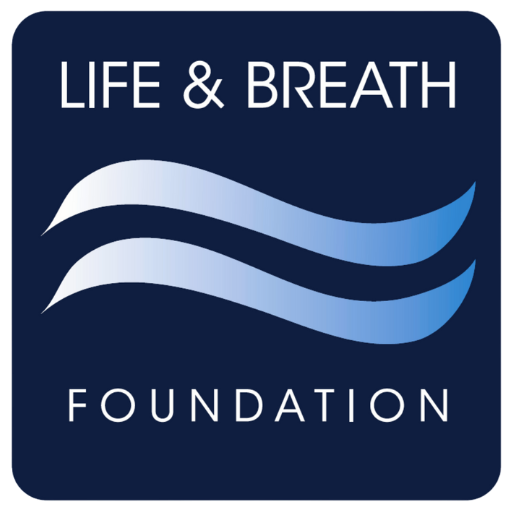Sarcoidosis Medications and Side Effects
Drug treatment is very common to relieve symptoms and reduce inflammation of the organs affected by Sarcoidosis. Prednisone and other steroids commonly treat the inflammation and address fatigue and persistent coughing. When used at high doses, prednisone can cause side effects from weight gain, high blood pressure, depression, difficulty sleeping, heartburn, acne to cataracts, glaucoma, adrenal gland insufficiency and aseptic or avascular necrosis, the development of cysts and hardened and dead tissue in the hip. Your doctor can usually help you manage these side effects. Other drugs are sometimes used to treat Sarcoidosis. Most of these other drugs are immune system suppressants. This means that they prevent your immune system from fighting things like bacteria and viruses. As a result, you may have a greater chance of getting infections. Other drugs used to treat sarcoidosis include:
Hydroxychloroquine (Plaquenil). This drug can usually help people who have Sarcoidosis in the skin or a high level of calcium in their blood. This drug can irritate your stomach. It also can cause eye problems. Before starting on this drug, you should see an ophthalmologist or eye doctor, for some baseline tests. Once you start taking it, you should have your eyes examined every 6 months.
Methotrexate. This drug is taken once a week by mouth or injection and usually takes up to 6 months to relieve symptoms. This drug may cause side effects, especially if you take high doses. These include nausea, mouth sores, a decrease in infection-fighting white blood cells. You then have a greater chance of getting an infection. If you take this drug, you should have regular blood tests to check the levels of your white blood cells. This drug can also cause liver damage. Taking folic acid can help you reduce your chances of having bad side effects from methotrexate.
Azathioprine (Imuran). This drug may work in about half of the people who have sarcoidosis. You usually take it for at least 6 months. Side effects include: nausea, reduced white blood cell levels, which increases your chances of getting an infection. This drug has caused cancer in some people, especially when they have taken it at high doses.
Cyclophosphamide (Cytoxan). This is a very toxic drug. It is rarely used to treat Sarcoidosis. It is given only to people who have serious forms of sarcoidosis, such as Sarcoidosis in their central nervous system (Neurosarcoidosis). This drug is more likely to cause nausea and reduce your white blood cell levels than either methotrexate or azathioprine. Your doctor should check your white blood cell levels often while you are taking this drug to make sure you have a high enough level to fight infection. Cyclophosphamide can also irritate your bladder. Some people who have taken it for more than 2 years have developed bladder cancer. Cyclophosphamide can be given intravenously (through one of your veins), which lessens some of its side effects, but this doesn't reduce the risk of cancer.
Most of these drugs also can cause serious side effects. Some also could increase your chances of getting cancer, especially if you take them at high doses. Some drugs used to treat Sarcoidosis are taken by mouth. Others are applied locally to an affected area. Local therapy is the safest way to treat sarcoidosis. The drug is applied directly to the affected area. As a result, only small amounts of the drug reach other parts of your body. Drugs used for local therapy include eye drops, inhaled drugs for your lungs and skin creams. It’s important to note that untreated sarcoidosis can result in permanent complications such as breathing difficulties, blindness, kidney failure and heart problems that can result in death.
